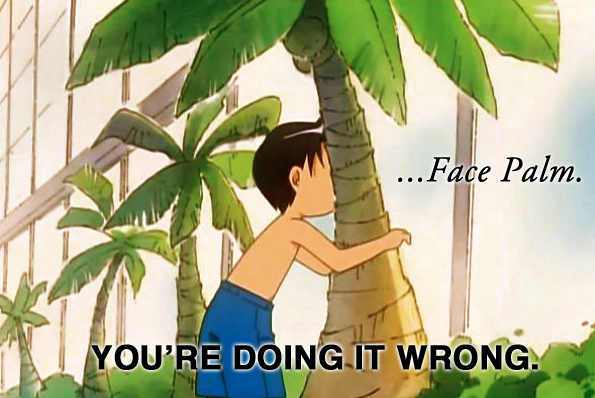
Editors Note: This is a guest post by Dave Winer, widely considered the father of RSS, a legend of the Internet technology industry and a pioneer of far too many areas to mention. We’re both delighted and privileged to have him contribute to the The Next Web.
I was happy to read Richard MacManus’s article about stagnation in the RSS reader market. He said the market is in “disarray” but I believe that’s the wrong word. Disarray would imho be a good thing, because it would mean users have lots of choice, there would be competition, we’d be learning what works and what doesn’t. The problem is that Google Reader dominates the market, fully, and its view of RSS is wrong.
Fundamentally, Google Reader views RSS as email. But…
 RSS is not email. It can be confusing because there are feeds that are like email. For example, GMail offers a feed of your inbox. I’ll concede that feed not only is like email, it is email. A reader for email feeds probably must behave like an email reader.
RSS is not email. It can be confusing because there are feeds that are like email. For example, GMail offers a feed of your inbox. I’ll concede that feed not only is like email, it is email. A reader for email feeds probably must behave like an email reader.
There are other feeds that you never want to miss a post on. If a member of your immediate family has a blog, you probably want to see every post. Or your boss or teacher or best friend. For those feeds you need a simple feature in your reader that allows you to click on the name of a feed to see all the posts from that feed. But that should not be the primary view of RSS, because the vast majority of RSS feeds, the ones that make RSS really unique, are not like email.
What makes it unique: RSS syndicates news.
News. Stuff that’s new. When you want to find out what’s new you don’t want to know everything, you can’t. The world is too big. There’s too much happening. If you were to get a true readout of the number of stories you didn’t read, just today, it would number in the millions. It’s a pointless number. As if it would mean anything if you got the number to be zero. All it would mean is that you spent every waking moment reading, and you had no idea what any of it meant. It wouldn’t make you smarter, happier, worth more, have more friends, get laid more often, go to heaven or become a saint. Reading every story is a meaningless concept.
I don’t know why I have the impulse to find out what’s new, and I’ve been spending decades thinking about it. But 99 percent of the time I sit down at the computer it’s what I want to know first. What just happened. Not what happened five hours ago, what just happened.
In the old days when news was distributed on paper, reporters had to chunk their stories into bundles because they were printed and distributed as collections. It was a physical reality. But if you went into the newsroom and saw how they got their news you would get a big clue about how RSS readers should work. The teletype. It scrolled stories on a printed roll, the newest story first. When you saw a story you were interested in you ripped it off. It meant that your colleagues wouldn’t get it, but that’s the reality of news. There’s nothing wrong with an incomplete view. It’s the natural order of things.
Anyway, Bloglines, Google Reader, Newsgator, etc all embarked down the wrong path, the view that news is email. Sure they added contortions that made it possible to go from story to story in reverse chronologic order. But the primary view, the one that isn’t hidden, is the one that defines the product.
Ask Richard about this. When ReadWriteWeb started, it was a Radio blog, a product I developed at UserLand. Radio was both a news reader and blog authoring tool. The biggest decision in designing that product was which view should be on the home page. We could have gone either way. I went with the blogging tool, forever cementing its position as a writing tool. Had I gone the other way, the market would have seen it very differently. That’s the way these things work.
But to see the market as stagnating you have to overlook the 800 pound gorilla running around the room throwing things all over the place. Twitter. We’re using it every day. If you follow more than a few dozen people you miss tweets all the time, and so what. Twitter doesn’t tell you how many you didn’t read because it doesn’t matter. If it’s important it will come back around again. If not, well no one can know everything.
Twitter found a way to put both the authoring tool and the reading tool on the home page. Had I cracked that nut in 2002, Twitter might have happened a few years earlier. ![]()
Get the TNW newsletter
Get the most important tech news in your inbox each week.





